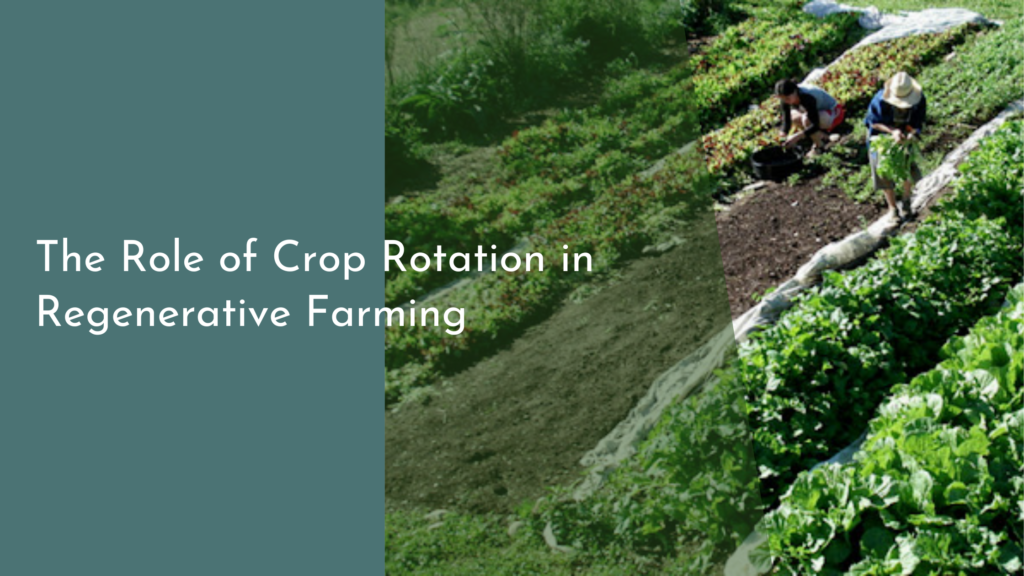Reducing Water Footprint in Urban Developments
Water is a vital resource, often taken for granted in urban settings where the hustle and bustle of daily life can overshadow its importance. As urban populations continue to grow, the demand for water increases, leading to unsustainable practices that threaten this precious resource. Understanding and reducing our water footprint becomes crucial for creating sustainable urban developments. This article explores the concept of water footprint, innovative strategies for sustainable water use, eco-friendly technologies, and the importance of community engagement in promoting water-wise practices.
Understanding Your Water Footprint in Urban Spaces
The water footprint refers to the total volume of freshwater used to produce goods and services consumed by an individual, community, or business. In urban areas, this encompasses everything from drinking water to the water used in food production and energy generation. The challenge in cities is that the water footprint can often exceed local water availability, leading to shortages and environmental degradation. By assessing our individual and collective water footprints, we can better understand where our water is going and identify areas for improvement.
Moreover, recognizing the sources and types of water usage in urban environments—such as indoor activities, landscaping, and industrial processes—can illuminate the path toward conservation. Encouraging residents to review their water consumption habits, such as shortening showers and using water-efficient appliances, can significantly impact the overall urban water footprint. With awareness comes the power to make informed choices that contribute to a healthier urban ecosystem.
Innovative Strategies for Sustainable Urban Water Use
To effectively reduce water footprints, urban planners and policy-makers are developing innovative strategies that promote sustainable water management. One approach is the implementation of integrated water management systems that combine various water sources—like rainwater harvesting, greywater recycling, and groundwater replenishment. By utilizing multiple sources, cities can ensure a more reliable and sustainable water supply while reducing dependence on traditional municipal systems.
Another effective strategy is the design of water-sensitive urban environments (WSUD). This approach incorporates natural systems into urban planning by using permeable surfaces, green roofs, and bioswales to manage stormwater effectively. These features not only enhance the aesthetic appeal of urban spaces but also help maintain ecological balance, mitigate flooding, and recharge local aquifers, all while minimizing the urban water footprint.
Eco-Friendly Technologies to Conserve Water Resources
Technological advancements play a pivotal role in conserving water in urban developments. Smart metering systems, for instance, allow consumers and utilities to monitor water usage patterns in real time. This increased visibility helps identify leaks, reduce wastage, and promote more responsible water consumption habits. Additionally, these systems can facilitate dynamic pricing models that encourage users to conserve water during peak demand periods.
Furthermore, the introduction of water-efficient fixtures and appliances is transforming urban spaces. Low-flow toilets, showerheads, and irrigation systems are designed to use significantly less water without sacrificing performance. Innovative technologies, such as automated irrigation controllers that adjust based on weather conditions, can reduce outdoor water consumption and contribute to a more sustainable urban landscape.
Community Engagement: Promoting Water Wise Practices
Community engagement is key to promoting water-wise practices in urban settings. Educational initiatives that inform residents about the importance of water conservation and the impact of individual choices on the community’s water footprint can foster a culture of sustainability. Workshops, community events, and informational campaigns are effective in encouraging residents to adopt water-saving behaviors, such as xeriscaping and using mulch to retain soil moisture in gardens.
Additionally, forming partnerships with local organizations, schools, and businesses can amplify the message of water conservation. Collaborative projects, such as community rain garden installations or neighborhood water audits, not only enhance community ties but also empower residents to take collective action toward reducing their water footprint. Together, communities can create a lasting impact on urban water sustainability, paving the way for a greener future.
Reducing the water footprint in urban developments is a shared responsibility that requires collective efforts from individuals, businesses, and governments alike. By understanding our water use, embracing innovative strategies, leveraging eco-friendly technologies, and engaging communities, we can make significant strides towards sustainable urban living. As we work together to create more water-wise cities, we not only secure our water resources for future generations but also cultivate a vibrant and resilient urban environment that thrives in harmony with nature.

